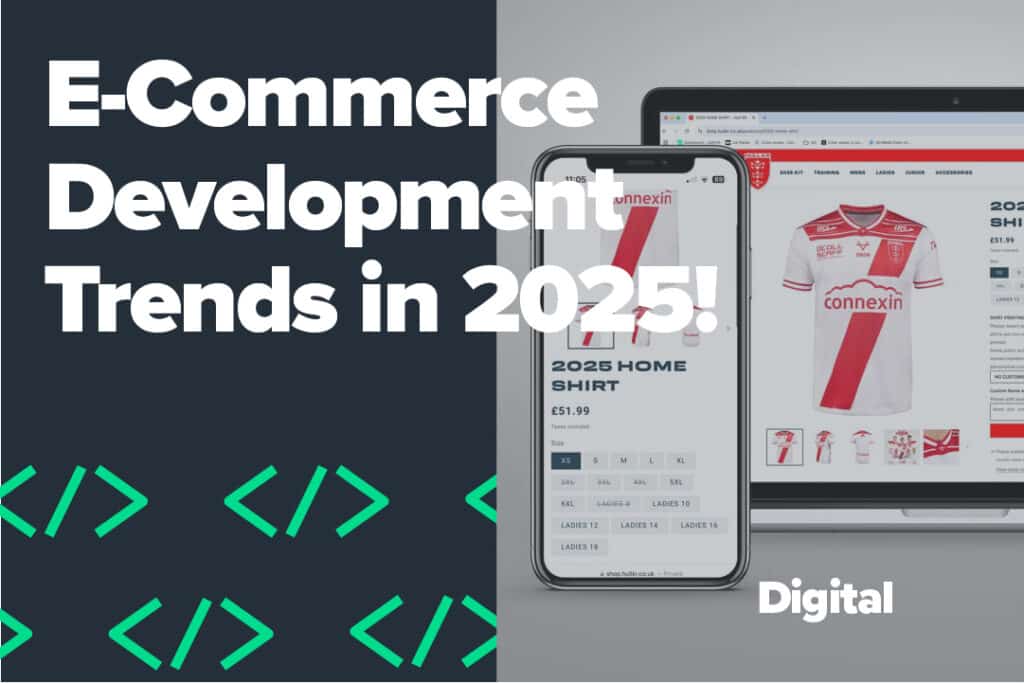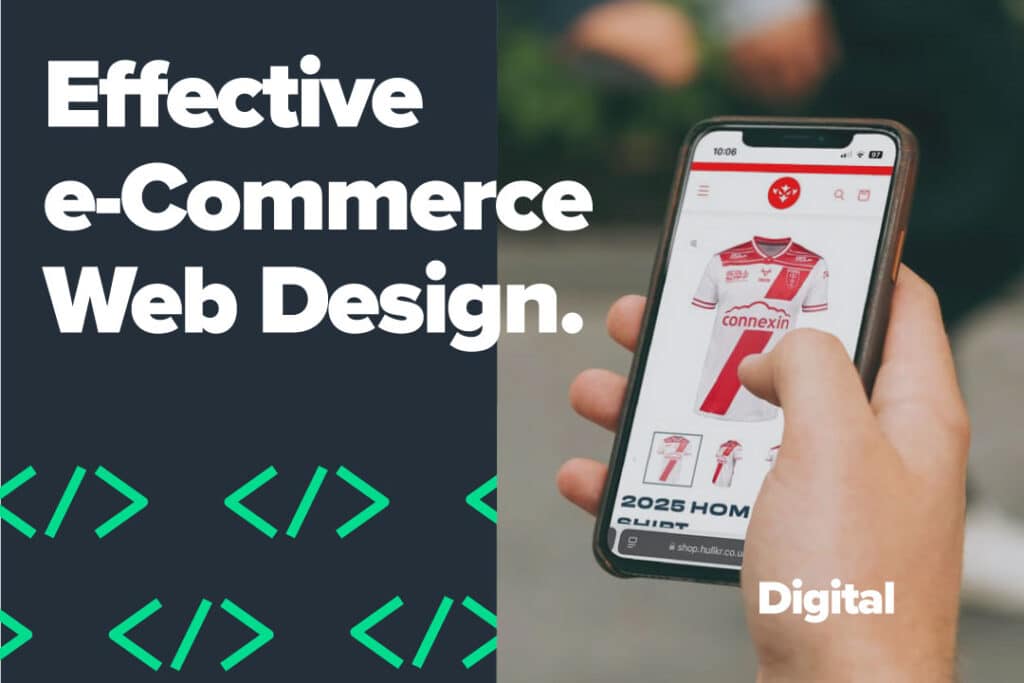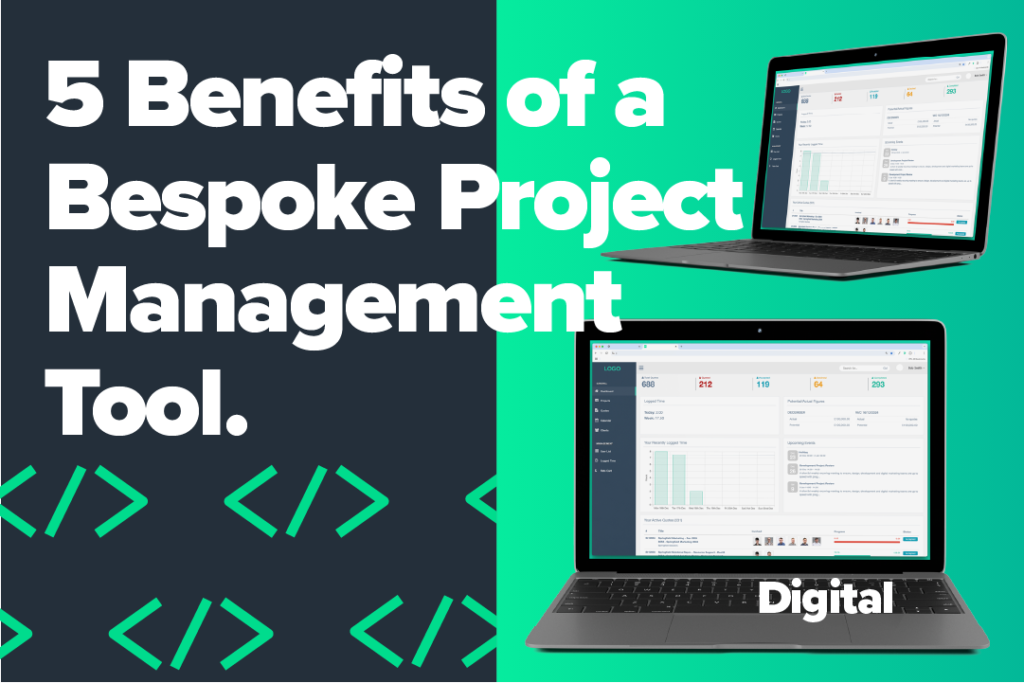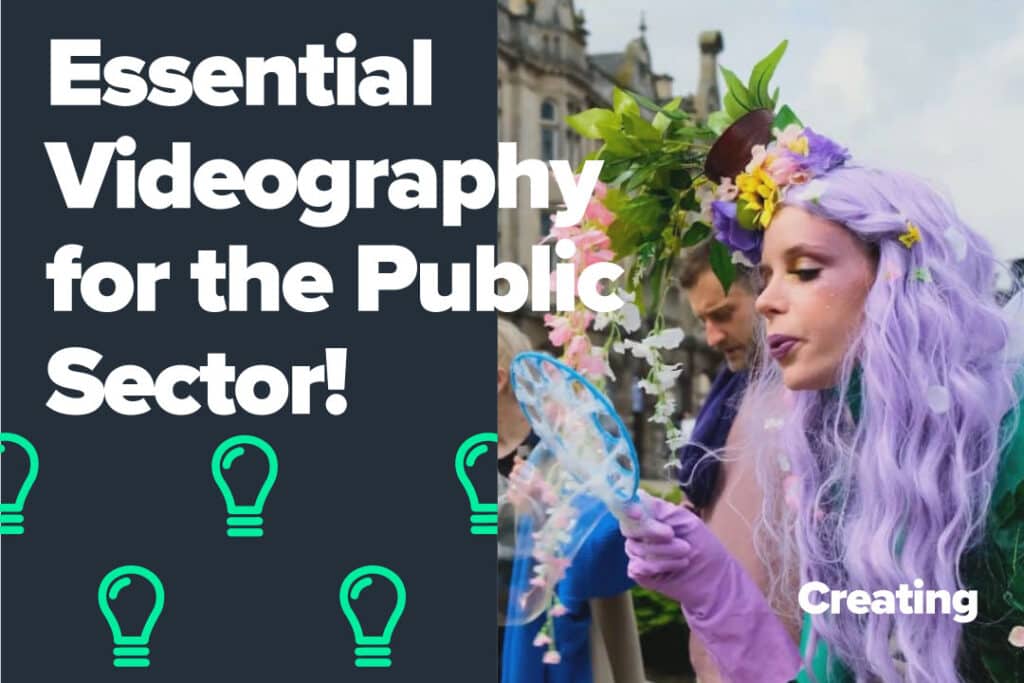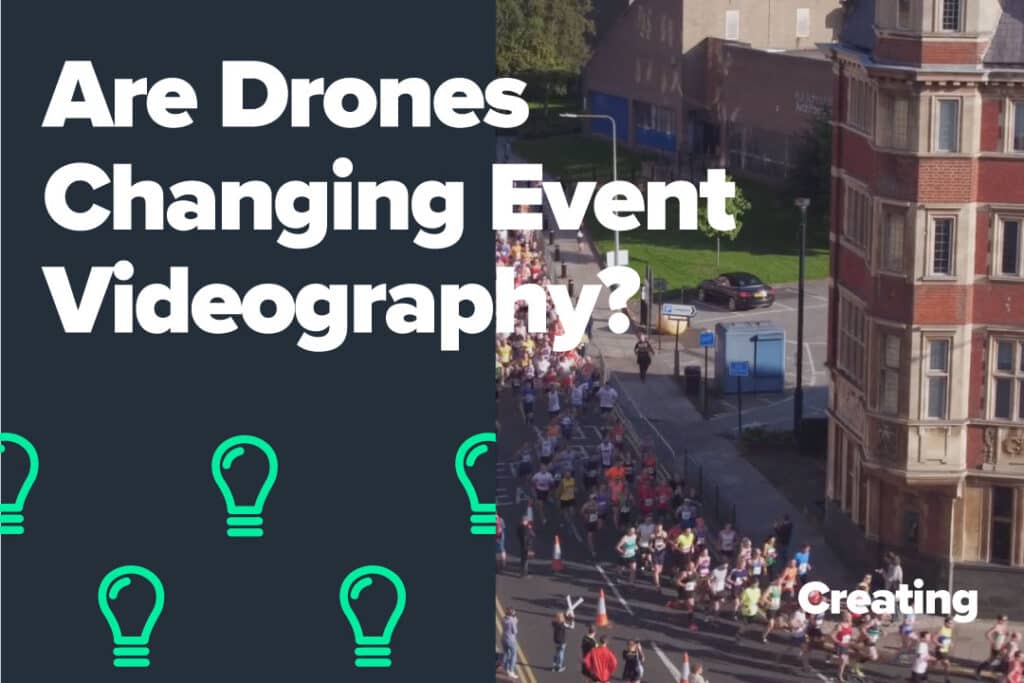Whilst researching for this blog, we came across some interesting statistics about the social media landscape, which players are ahead of the game and which are falling short.
With tech giants such as Facebook acquiring once emerging companies such as Instagram and WhatsApp, who now dominate the market – it’s clear that the industry is controlled by a few with power at the top.
With a large portion of the social media tools we use on a daily basis controlled by just a few ultra-large organisations, it begs the question of how secure our information and privacy is. Nowhere has this been more topical than Facebook, who have suffered from various notable privacy scandals in recent times.
With Facebook, Inc. owning 3 of the most downloaded social media platforms on the planet, the control they possess is overwhelming. This is particularly prevelant at the time of publication, as users experience on a global scale how technical issues on Facebook’s end can cause mass outages across the three major platforms it runs – with frustration the world over of one of the ‘longest outages’ the social network has experienced in its history. People’s outrage over the technical faults sparks the question of how much we actually depend on these social networks in our day-to-day life and more importantly, the affect our dependence on these networks is having on us?
In spite of the very real risks we are exposed to on social media, and the various facts and figures released about the impact of extended use on our health, more and more of us are using the platforms and for longer periods of time. Nowhere has this usage been seen more than within the business community. Across Facebook & LinkedIn, business use dominates and is a key driver for the success of both tech companies. Some key stats that highlight this are:
- 98% of B2C & 89% of B2B businesses use Facebook
- The average Facebook users clicks on an ad 8 times per month
- E-commerce click-through rates on Facebook have tripled since 2016
- 2 professionals join LinkedIn every second
- 94% of B2B marketers on social media use LinkedIn to push content
- 50% of B2B web traffic driven from social media, is driven from LinkedIn
- 80% of B2B leads generated on social media come from LinkedIn
These statistics outline the power of social media for a company that efficiently utilises the service.
The use of social media can be beneficial for both B2B and B2C businesses. Examples of notable organisations that utilise socials effectively include:
B2B:
- Slack: use conversational tone in their posts to remain relatable
- Adobe: incorporate user-generated visual content to inspire
- HubSpot: use pop-culture references
B2C:
- BT & EE use Twitter as a customer service platform to respond to queries and complaints from customers ‘instantly’
- Starbucks; ‘Red Cups’ at Christmas – encourage a culture of ‘snapping’ the festive cups, creating a ‘status symbol’ product, in turn increasing brand awareness and sales (10.6% increase in revenue during the festive season (2017-2018)
More and more businesses from a variety of industries are also tapping into the ‘influencer phenomena’ that dominates the current social media landscape. It is suggested that social media ads have more effective exposure than traditional TV ads and have far more attractive margins to businesses. This proves that the collaborations between highly followed individuals and multinational brands is a no-brainer.
Nowhere is the influencer more dominant than on the platform of Instagram. Some key stats highlight the level of power that these accounts hold within marketing on the platform.
- 1 billion people use Instagram
- 63% of the world’s 13-17 year olds use Instagram (daily)
- Under 25 year-olds use Instagram for an average of 32 minutes per day
- 500 million Instagram Stories are created per day
- ⅓ of the most viewed Instagram stories are created by businesses
- 90% of the top 100 brands are on Instagram
With these networks only seeing an increase in influence, many argue that the industry is a ‘bubble’ waiting to pop and cease to hold power. We disagree…
The industry can only grow, as we belieive the fundamentals of it are simply a platform for other components to be linked to. It has become a 2nd language and an additional method of communication, one which is becoming more frequently used than the spoken word in many cases. It can be used in conjunction with various aspects of your daily life; work, entertainment, hospitality, travel, finance… the list goes on.
If you’re interested in hearing how the power of social media could provide ROI for your business, get in touch by following the links below.

